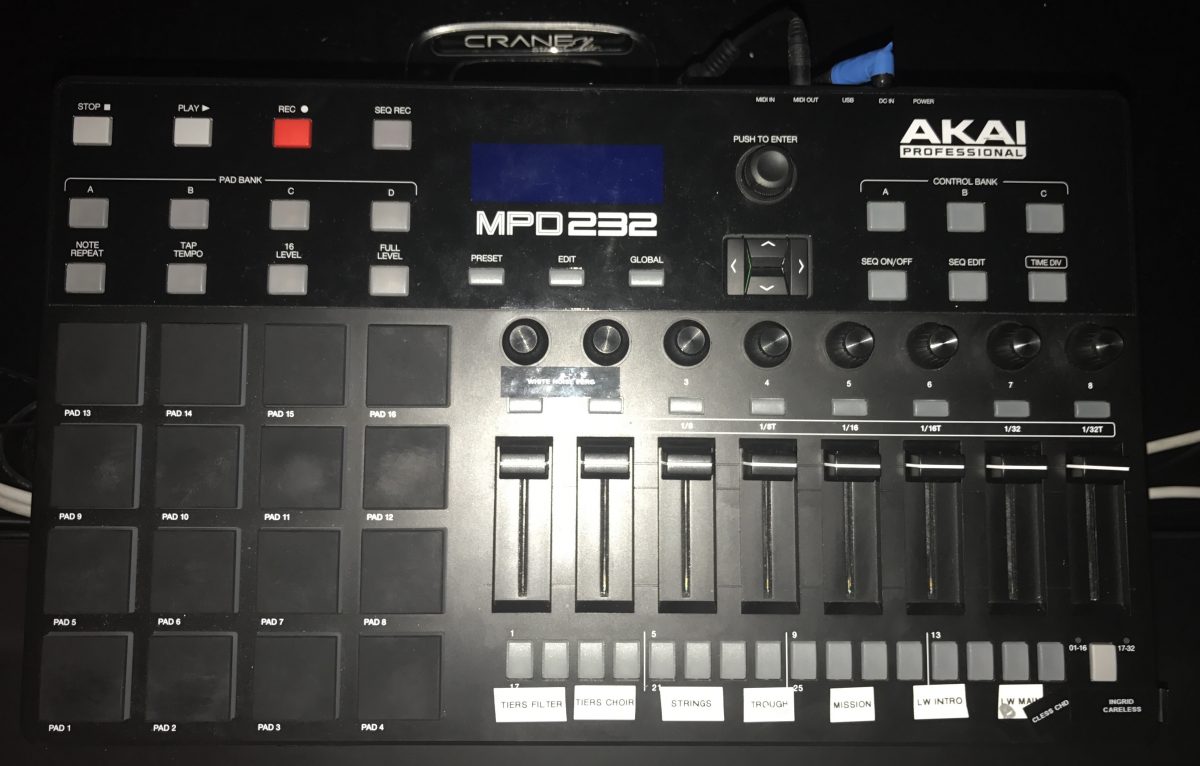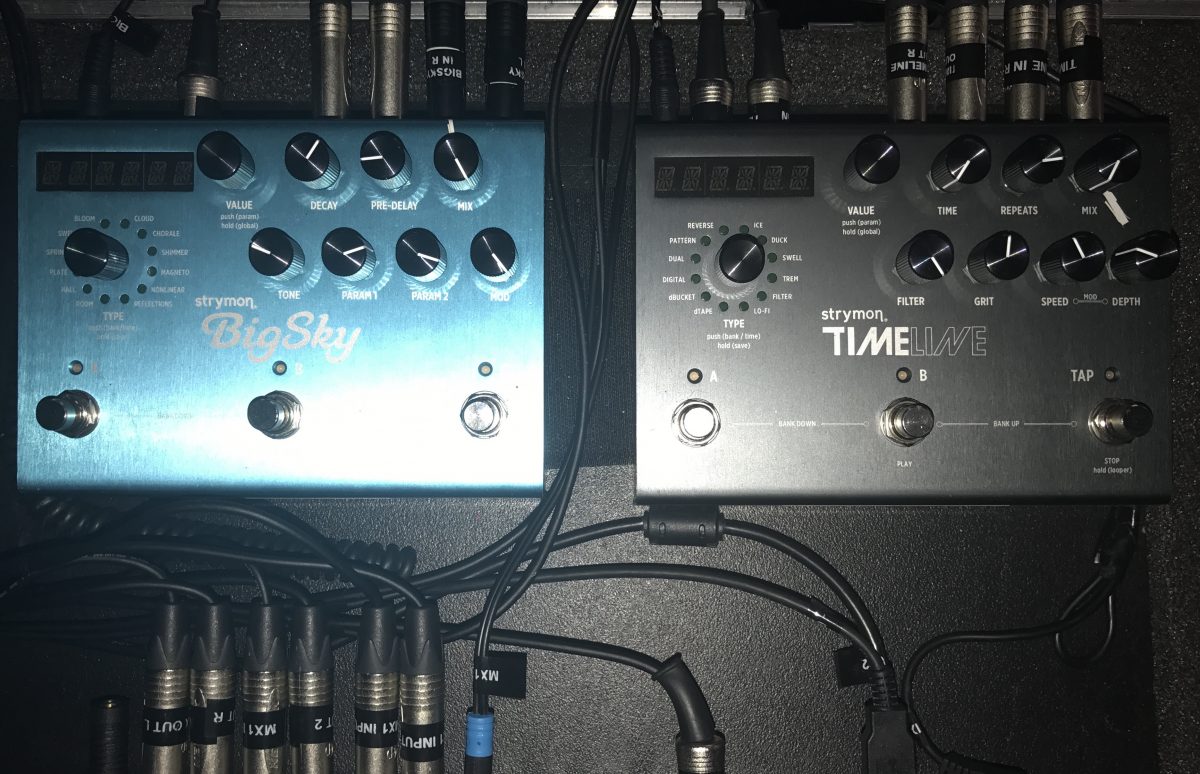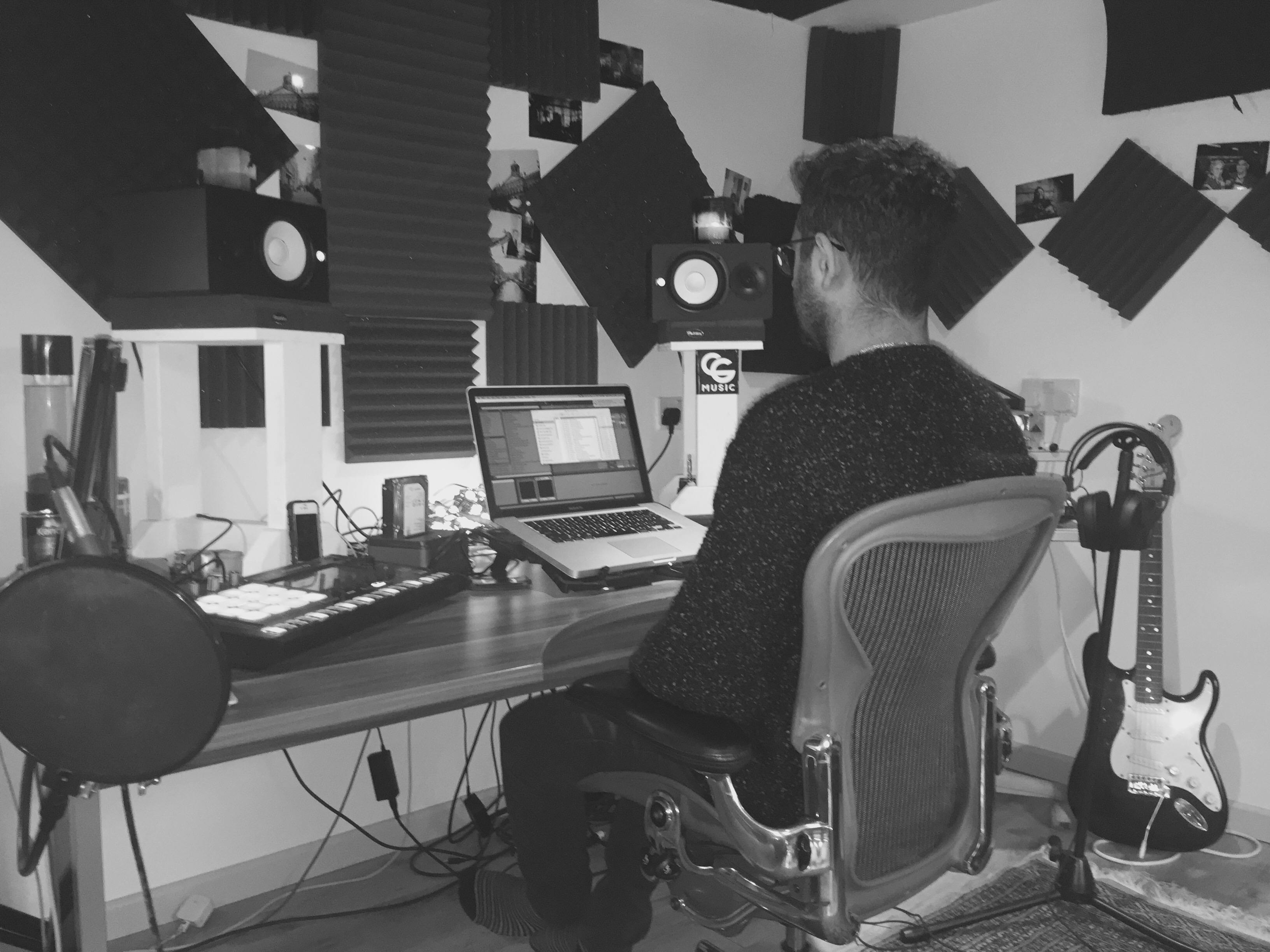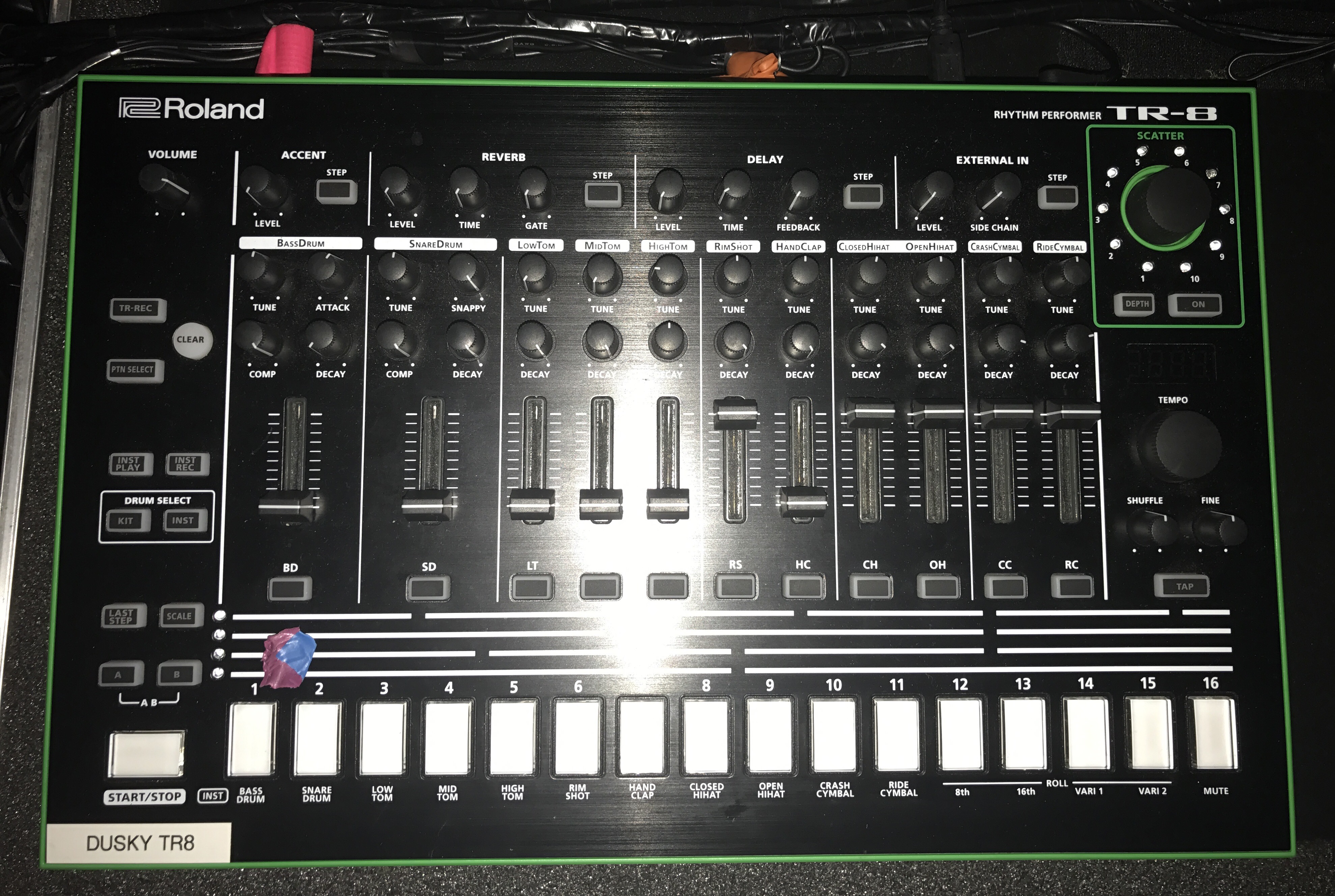Artist Tips: Pedram
The enigmatic producer reveals some of his studio secrets.

UK-based artist Pedram Mehrshahi (a.k.a Pedram) first surfaced in 2013 when he released an emotionally charged slice of electronica in the form of his debut Nina EP, before playing a memorable Boiler Room set—and then he disappeared. “I was just hanging out, working on a load of weird experimental stuff musically, and I was also working as a translator helping refugees. It was time well spent,” he says with a smile.
He then resurfaced in 2016 armed with two new EPs, a remix on Counter, some flagship mixes, and also performances at Glastonbury, Secret Garden Party, and supporting Duksy Live. His EPs Lex and Cloned flirted with notions of the slightly obscure, though the overarching mood was hopeful and personal, with ethereal soundscapes, full bodied arpeggiated synths, off-kilter drum rhythms, and electronic emotion.
Then his plans quickly took an unexpected turn when a review claimed that his track “Cloned” needed to be picked up immediately by HBO because of its cinematic and visceral quality. From there, he found himself working with numerous music supervisors on TV and film briefs in the both UK and US—a process which seems to suit him: “I love this side of things, it really pushes my own approach to music.”
In addition to this, Pedram has offered up “Get It,” a previously unreleased track now downloadable via the WeTransfer button below.
Start with the Melody
I tend to rarely start with drums, even when I’m sampling, as I quickly find that my ears become bored. The idea and inspiration I had to start the track then become lost or faded because I’ve spent so long trying to get the drums sounding right. Sometimes it’s good to have a basic beat to get a rhythm, but I always find it more natural to write music when starting with melody or keys as creating the drum pattern afterward feels a lot more customized to the overall song.
I’ve been writing a lot of new music for adverts and for sync which has further bedded in this approach for me as a lot of the more soundscape-focused music starts with the harmony and melody.

Buy gear that is not too expensive, but use in unique ways
My friend Jamie (a.k.a Manakin) gave me this battered Behringer Tube composer recently which is an affordable compressor and limiter, but it has a real unique crunch and tone to it, especially on the snare. I tend to send my snare and any overhead drums through this just to give it a tonal edge with plenty of punch.
Just because one of the “leading” brand’s names isn’t on a piece of external gear doesn’t mean it doesn’t have plenty to offer; in truth, a lot of cheaper brands have their own quirky identity for certain sounds and instruments. Saying that, I would love to have a Manley Valve Compressor to run everything through!
I always keep a keen eye on Gumtree and Ebay for any old guitar pedals to add to the chain of external effects as they are some of the cheapest and most unique bits of gear that can give a distinct and personal definition to tracks.
One really cool tip to get a ”sample within a sample” effect is to bounce individual parts down and play them back either through a phone or another laptop and record it back, so it gives a ”tinny” effect. I like to use this method as it really sounds authentic, and, again, it gives me a more hands-on approach which is fun. It also offers more depth and character.
Put down the main body of the track in 30 minutes
For me, the most productive method of writing music is to get the main two or three elements of a track down in the first 30 minutes of starting to write. Sometimes I have two or three ideas at the same time which I need to quickly exert otherwise I will lose them, so I find that if I can quickly write the basic melody, bass, drums—and also do a quick arrangement—I can move on and do the same with the other ideas. I then revisit them with freedom of thought knowing that I have the main direction of the song written, and then start working on effects, layering, automation, etc.
The first thing I tend to do is (on Ableton) create track markers at the top of the arrangement window such as intro, breakdown, build, drop, breakdown, build, etc. so I have a guide. Obviously, this is only a rough guideline as making music isn’t about fitting a track into a predetermined box, but I believe for both time management and the finishing of tracks, setting a rough, visible guide is important.
Filters during mixing
I’ve been really focusing on new methods to mix down my tracks, so I’ve been using the new Pioneer Toraiz SP-16 mostly for sequencing; but also to send sounds through via the input on the machine in order to use the Dave Smith filters. I find this method is great for adding bite when cutting mostly low and high ends heavily as you don’t lose the character and depth of the sound while getting rid of unwanted frequencies. This approach has given me an alternative and often more dynamic outcome.



Limiting
I used to always reach for the limiter on individual tracks within a session as I felt that, especially at mixing stage, all parts needed a ceiling in order to keep a check on levels so that there was an even and compact level before mastering.
It’s good to limit sparingly—though it does depend on how and which part you’re limiting—but the simple method I use now after I’ve processed my sound/track is just to use the volume knob or utility feature in Ableton and maintain the dynamic of the track. Too much squashing of sounds really holds back natural harmonic expression, which in any style of music can limit the feeling that you’re trying to convey to the listener.
Mixing at a low volume really helps to identify if a sound or part is sticking out awkwardly. In that moment, I just pull the level down or up before applying any limiting or compression. It is that easy to make parts sit well!

